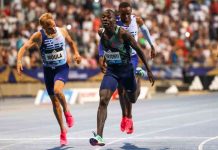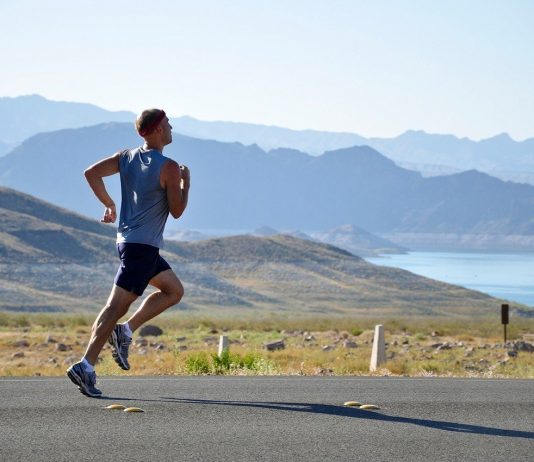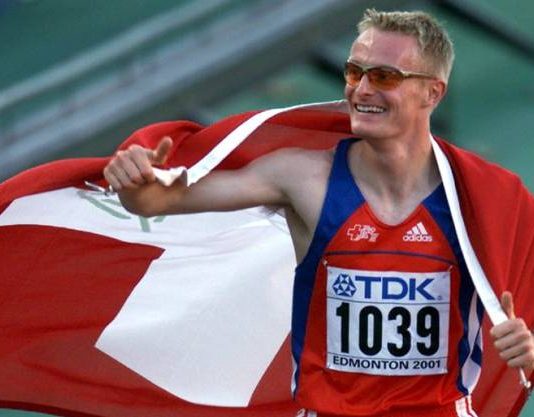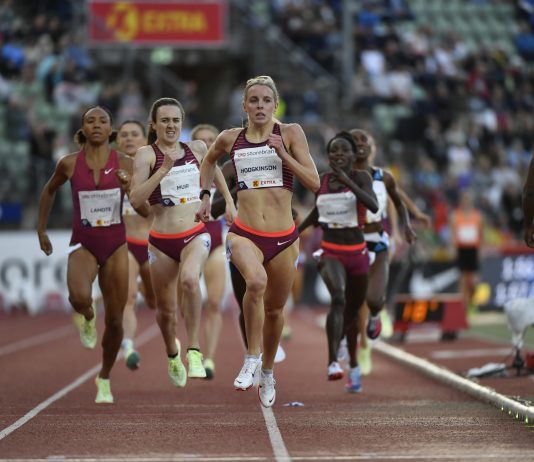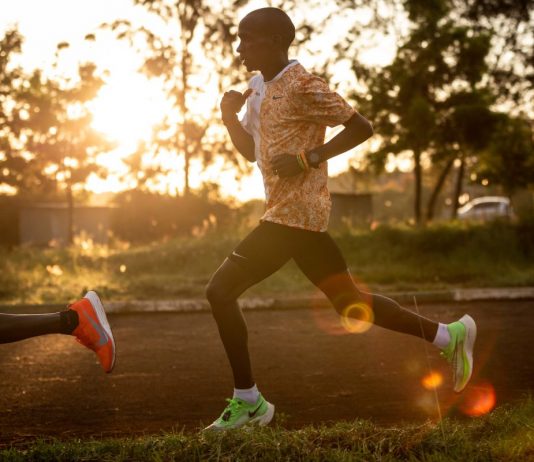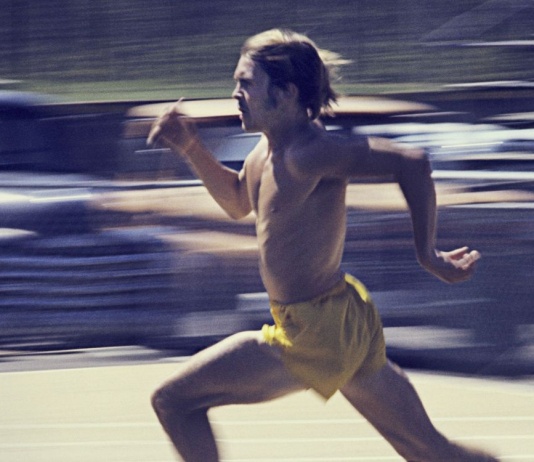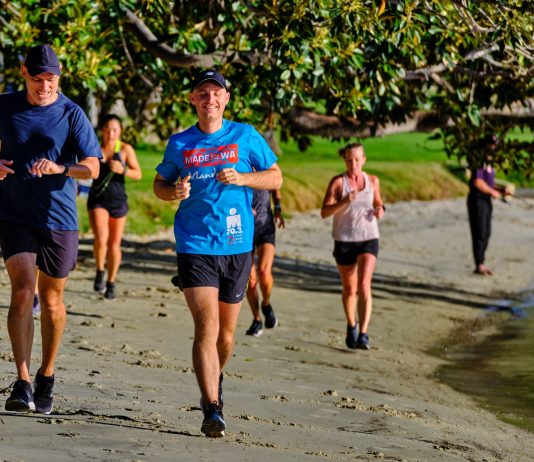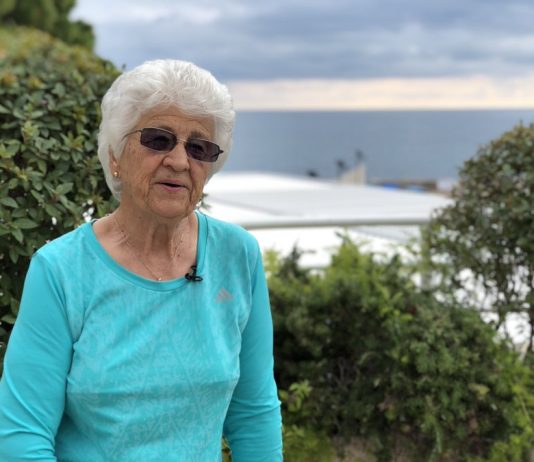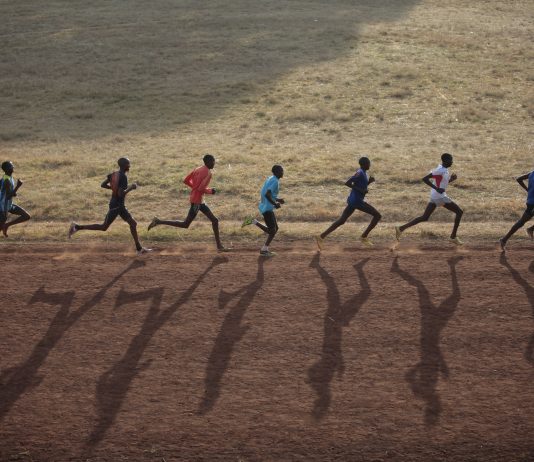The Double Threshold System and the Canova Special Block may share some apparent similarities, but delving deeper reveals their intrinsic differences. It is essential for runners to grasp this key takeaway: the Double Threshold System is not merely a Canova Special Block. While both involve two intense workouts in a day and a significant volume of fast running, their objectives and training philosophies set them apart.
For years, it was believed that Africans had an unbeatable advantage in the 800m race, and that no European runner could break their dominance in this event. However, Swiss athlete Andre Bucher challenged this perception with his outstanding performances during the summer of that year. Despite being a fair-skinned...
Keely Hodgkinson: The Unconventional Training Approach of a Young Olympic Medalist
Runnerstribe Admin -
In an interview from last year, Keely shared details about her training regimen and race preparation, revealing that her training is unconventional compared to other long-distance runners. Rather than doing long, slow runs, she focuses on quality training sessions and cross-training to keep her off her feet during the winter. Her weekly schedule includes cross-training on Mondays, a cross-trainer and track session on Tuesdays, a 30-minute run and cross-training on Wednesdays, a tempo-type session on Thursdays, Fridays off, a longer session on Saturdays in the winter or a track session in the summer, and hills on Sundays in the winter or a 15-minute run in the summer. Keely believes that the new science and perspective on 800m training emphasize the importance of speed over running many miles
The topic of slowing down the pace during easy runs is frequently talked about, but what is considered slow? How much of a reduction in speed is necessary? To clarify this, you can watch a short video featuring Eliud Kipchoge, the world record holder in the marathon, and the NN Running Team. If this doesn't convince you to take it easy on your easy days, then perhaps nothing will.
Elite 5K runners often speak of one particular workout with reverence: the Pre 30-40 workout. This workout was originally designed by legendary American distance runner Steve Prefontaine as part of his training regimen for the 5K. The workout consists of alternating between a 30-second 200m run and a 40-second 200m run, for a total of 3 miles. It has become a classic among elite distance runners, and its effectiveness is widely recognized.
Even while this workout sounds difficult, it is important to keep in mind that 20 x 400m only equals 8 kilometers (approximately 5 miles) of hard running, making it comparable to a common exercise like five times a mile. The physical distance traveled is not as difficult as the mental strain of dividing it into numerous bits. Finding the appropriate mental state that combines restraint, calm, and focus is so essential. You will know you are prepared to race when you finish the workout feeling exhausted but victorious rather than fatigued.
Ans Botha: The Legendary Coach Who Trusts Her Intuition to Guide Athletes to Success
Runnerstribe Admin -
Legendary South African athletics coach Ans Botha, who is affectionately known as "Tannie" Ans, has revealed that she doesn't use a computer to design training programmes for her athletes. Instead, she relies on her intuition and her deep understanding of her athletes' bodies to guide her. Botha's coaching philosophy is centred on listening to her athletes and designing programmes that meet their unique needs and fitness levels
If you're a runner, you've probably heard terms like "interval training," "speed work," and "repetitions" thrown around. But do you really understand what they mean and how to incorporate them into your training program? This article aims to provide a basic understanding of these concepts and the potential risks associated with them.




